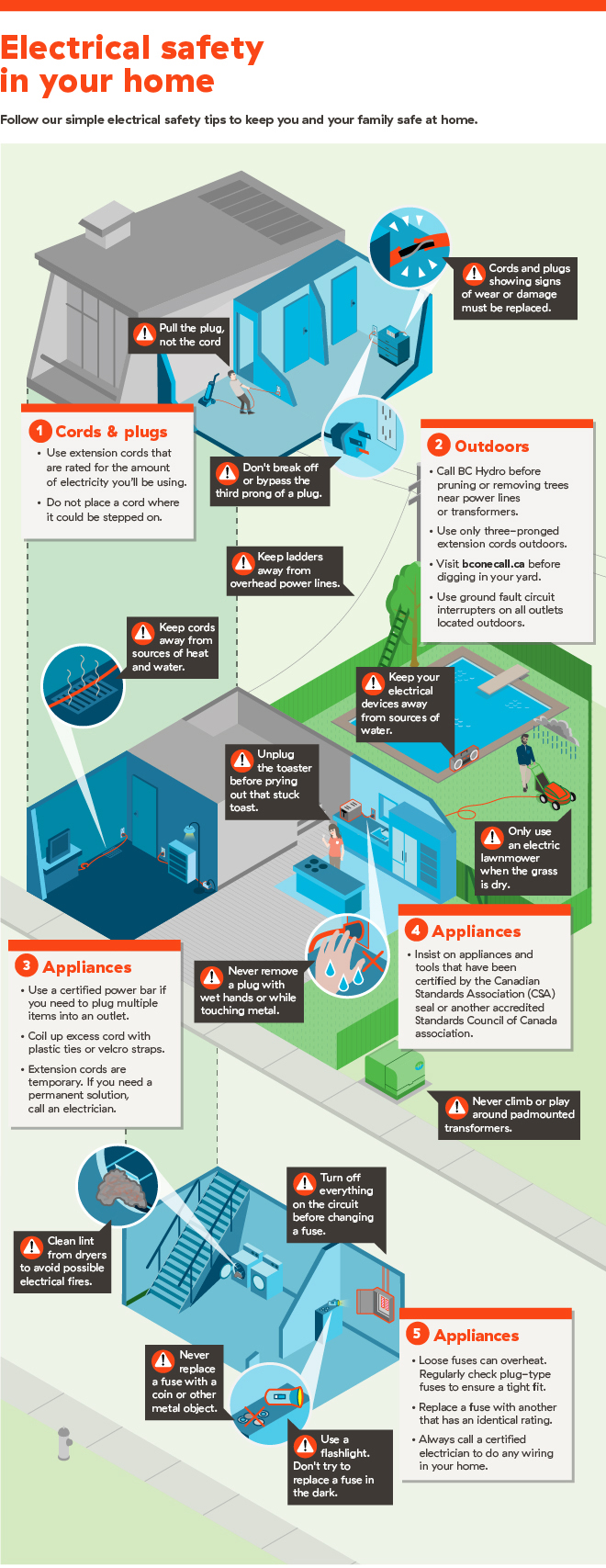Evaluating Tree Health And Wellness: Guidelines For Selecting Tree Elimination
Evaluating Tree Health And Wellness: Guidelines For Selecting Tree Elimination
Blog Article
Content By-Lindgaard Levy
If you have actually ever wondered about the fate of the trees on your residential or commercial property, recognizing when it's time for removal is critical. But exactly how do you identify if a tree can be saved or if elimination is the only choice? By seeking particular indicators and assessing safety threats, you can make educated decisions that benefit both your landscape and your environments. Let's explore the vital factors that enter play when determining the destiny of a tree and how you can guarantee the very best end result for your green friends.
Signs of Tree Decrease
If you see any one of the following indications of tree decline in your backyard, it may be time to think about tree removal.
https://loveland-bookkeeping55320.newsbloger.com/33649927/the-relevance-of-tree-removal-in-landscape-design-and-reconstruction is dead or decaying branches, which can indicate underlying problems affecting the tree's health and wellness. Keep https://www.star-telegram.com/entertainment/home-garden/neil-sperry/article234700332.html out for tarnished or wilted fallen leaves that linger despite correct treatment, as this could be an indicator of condition or bugs.
Another warning signal is extreme leaning or a visible shift in the tree's base, which may recommend root issues or structural instability. Keep an eye out for fungal growth on the trunk or roots, as this can suggest rot and compromise the tree's stability.
Furthermore, if you observe large cracks in the trunk or major limbs, it's crucial to attend to these issues without delay to avoid potential threats. Addressing these signs of tree decrease immediately can help preserve the security and appearances of your yard environment.
Safety Issues
To make sure the health of your home and those around you, prioritizing safety and security issues related to trees is critical. Trees can present different security dangers otherwise effectively preserved. Dead or rotting branches may fall all of a sudden, endangering people or harmful frameworks.
Leaning trees can also be harmful, particularly if they're leaning towards a structure or power lines. Furthermore, trees with substantial origin systems near structures or below ground energies can cause significant damage in time.
It's vital to on a regular basis examine your trees for any signs of prospective danger. Keep an eye out for fractures in the trunk, large cavities, or indicators of condition and degeneration. If you discover any of these problems, it's ideal to consult with a professional arborist to analyze the scenario and figure out the essential strategy.
Taking positive actions to address safety issues immediately can protect against accidents and residential property damage in the future. Bear in mind, the safety and security of your residential property and those around you must always be the leading priority when it pertains to tree upkeep.
Consulting an Arborist
When taking into consideration the health and wellness of your trees, speaking with an arborist is a crucial step. Arborists are educated professionals who specialize in the care and upkeep of trees. They can examine the total health and wellness of your trees, determine any kind of concerns such as illness or architectural issues, and offer professional recommendations on the best course of action.
By consulting an arborist, you can get useful insights right into the problem of your trees and figure out whether elimination is essential. Arborists have the knowledge and experience to assess the risks associated with keeping a tree versus removing it. They can also use support on alternative options, such as pruning, cabling, or supporting, to assist preserve the tree whenever feasible.
Moreover, arborists can help you navigate any type of regional policies or permits that might be needed for tree removal. Their expertise can make sure that the process is accomplished securely and in compliance with any type of appropriate regulations.
Conclusion
Finally, when figuring out whether trees can be conserved or if removal is required, it is essential to take into consideration signs of decline and security worries. Consulting an arborist for an extensive assessment is crucial in making the very best decision for the tree's health and possible dangers. Remember, positive treatment and prompt action can help preserve trees and avoid crashes.
